Upholstered vs. Leather Armchairs: Which Is More Durable?

The durability conundrum was like a stubborn thorn in my side when decking out my living room and hunting for the perfect armchair. Fabric and leather, the two heavyweights in the armchair material arena, each flaunt their own set of pros and cons. Drawing from in-depth research and hands-on experiences, we're here to help you navigate this choice and make a decision that's just right for your home.
Durability Factors to Consider When Buying Armchairs
Before we dive head-first into the fabric-leather showdown, let's take a look at some key factors that can significantly influence an armchair's lifespan.
1. Usage
Picture your living room as a bustling Grand Central Station, a high-traffic zone where people are constantly coming and going. In such a scenario, you'll need an armchair made of materials tough enough to withstand the daily onslaught. It's a far cry from an armchair that gets the occasional once-in-a-blue-moon use.
According to a relevant survey, in high-frequency usage scenarios where the average daily use time tops 3 hours, an ordinary fabric armchair is like a soldier showing signs of fatigue within 3 to 5 years. On the flip side, a leather armchair, when pampered with proper maintenance, can strut its stuff in good condition for 5 to 8 years.
2. Environment
Sunlight? It's like the arch-enemy of armchairs. And let's not forget humidity and temperature changes, which can play havoc with the materials in all sorts of ways. I vividly remember plonking a fabric chair right next to a window. Before I knew it, the color had faded away like a dream in the morning light.
Research indicates that when exposed to an ultraviolet intensity of over 300μW/cm² for an extended period, fabric colors can wave goodbye in a significant way within 1 to 2 years. As for leather, in a dry environment with a relative humidity below 30%, it's like a ticking time - bomb, with the risk of cracking shooting up by about 15% each year.
3. Care & Maintenance
Taking care of an armchair is no joke; it's like nurturing a delicate sapling. Regular upkeep is the key to a long-lasting armchair. Vacuuming, cleaning, and conditioning are the holy trinity of armchair care.
Generally, a fabric armchair demands at least one weekly vacuuming session and a deep clean every 3 to 6 months. A leather armchair, on the other hand, needs professional conditioning every 2 to 3 months to keep it in tip-top shape.
3. Wear & Tear
Pets, especially those with claws as sharp as daggers, can turn an armchair into their personal scratching post. Spills are as inevitable as rain on a cloudy day. And let's not forget the daily grind of sitting and getting up, which can take a toll on the material.
A survey of households with pets found that in homes with cats or dogs, there's a 70% chance that a leather armchair will end up with obvious scratch marks from pet scratching each year. For fabric armchairs, thanks to their material makeup, this probability is a mere 30%.
Upholstered Armchairs: Pros and Cons of Durability
1. Advantages
Fabric armchairs are a godsend if you're a pet parent. They're like a stealth shield, less likely to show scratches from those curious little paws. And the options! Oh, the options! High-performance fabrics such as microfiber and polyester blends are the unsung heroes of durability, often coming with stain-resistant superpowers.
2. Disadvantages
However, fabric can be a bit of a diva when it comes to stains. Without stain-resistant treatments, it soaks up spills like a sponge in a flood. Sunlight is like kryptonite to fabric colors, slowly but surely fading them away. And keeping fabric clean is no walk in the park. You need to vacuum it religiously and give it a deep clean every now and then to keep it looking its absolute best.
Leather Armchairs: Pros and Cons of Durability
1. Advantages
Leather is the kingpin of durability. High-quality leather, like full-grain or top-grain, is like a fine wine; it only gets better with age. With proper care, it can last for decades, a true testament to its longevity.
Spills? Mere trifles. Leather doesn't absorb liquids, so you can simply wipe them away like they were never there. And over time, leather develops a rich patina, adding a touch of sophistication and uniqueness that's simply irresistible.
2. Disadvantages
But leather isn't without its Achilles' heel. It's like a magnet for scratches from pets or sharp objects. If you don't condition it regularly, it can dry out and crack, like a desert landscape.
It's also sensitive to heat, with extreme sunlight or heat capable of fading and damaging the surface. I saw this firsthand with a friend's leather armchair that was placed too close to a heater. It was a sad sight, like a once-proud warrior brought to its knees.
Key Comparison: Durability of Upholstered vs. Leather Armchairs
1. Lifespan
Generally speaking, when well-cared for, leather has the upper hand in terms of lifespan. But high - performance fabrics are no slouches either, especially in households with rambunctious children or furry friends.
Studies show that a high - quality full - grain leather armchair, with proper use and maintenance, can be a long-term companion for 20 to 30 years. For high - end high - performance fabric armchairs, in the same environment, the lifespan can reach 15 to 20 years. So, if you're in it for the long haul, leather might be your best bet. But in some cases, fabric is nipping at its heels.
2. Maintenance Needs
Leather is like a high-maintenance diva, requiring careful conditioning to prevent cracking. Fabric, on the other hand, needs regular vacuuming and occasional deep cleaning. Both materials can benefit from protective treatments. This means you need to factor in the time and cost of maintenance.
If you're a busy bee, the ease of cleaning leather might be more appealing. But if you don't mind rolling up your sleeves and spending some time on regular upkeep, the fabric can also stay in the pink of health.
3. Resistance to Pets and Kids
Fabric is like a scratch-resistant superhero, but when it comes to spills, leather's wipe - clean surface is a real lifesaver. If you're a pet owner, you have to weigh whether scratch resistance or easy clean-up is more important to you.
Families with kids also need to consider this delicate balance. For example, if your child is a bit of a klutz and prone to spilling drinks, leather could be a more practical choice, despite its scratch-sensitivity.
4. Sunlight and Humidity
Fabric fades faster than a popped balloon in direct sunlight, while leather doesn't take kindly to dry conditions. You might want to consider using UV-blocking curtains or other protective measures to extend the life of your armchair.
If your living room is a sun-drenched paradise, protecting fabric from fading becomes crucial. And for leather, maintaining proper humidity levels is like walking a tightrope.
Hulala Home Armchair collection
Choosing the Right Option for You
Your ideal armchair material depends on your lifestyle, preferences, and budget.
1. Lifestyle
If you have a family with kids and pets running amok, you might lean towards high-performance fabrics. They're like tough soldiers that can withstand more abuse. But if you have a more formal living room or a low-traffic space, leather might be the belle of the ball. Lifestyle is the compass that should guide your decision.
For an active family, fabric's scratch - resistance can be a game-changer. For a more formal setting, leather's elegance and long-term durability are a match made in heaven.
2. Budget
When I was shopping for armchairs, cost was a major consideration. Leather armchairs come with a steep upfront price, like a luxury item. But they're an investment. My neighbor's leather armchair has endured years of family use and still looks great, with only occasional conditioner needed.
Fabric armchairs, on the other hand, are budget-friendly initially. I bought one that matched my decor well, but after a few years of regular use, it showed signs of wear and I had to think about replacing it.
From my local store research, similar-sized and - styled leather armchairs are about 40% more expensive. If you don't want to replace furniture often, the higher upfront cost of leather might be worth it in the long run. It's a balance between short-term budget and long-term durability.
3. Eco-Friendliness
As an eco-conscious person, I paid attention to the environmental impact of armchair materials. I discovered recycled fabrics made from post-consumer plastic bottles. A friend had an armchair in this fabric, and it was soft and stylish, giving waste a new life.
Vegan leather also surprised me. Some plant-based options are not only cruelty-free but durable. One brand's product had a leather-like texture, was breathable, and had a modern matte finish.
If you care about the planet, exploring these eco-friendly alternatives is worthwhile. You can have a stylish, durable armchair while making a positive environmental choice.
Conclusion
When it comes to durability, both fabric and leather have their own unique charm. Leather offers long-term toughness and easy maintenance, while fabric gives you more options and better scratch resistance. In the end, it all boils down to what you really need and where your armchair is going to call home. Choose wisely, and you'll have a durable and stylish armchair to enjoy for years to come.





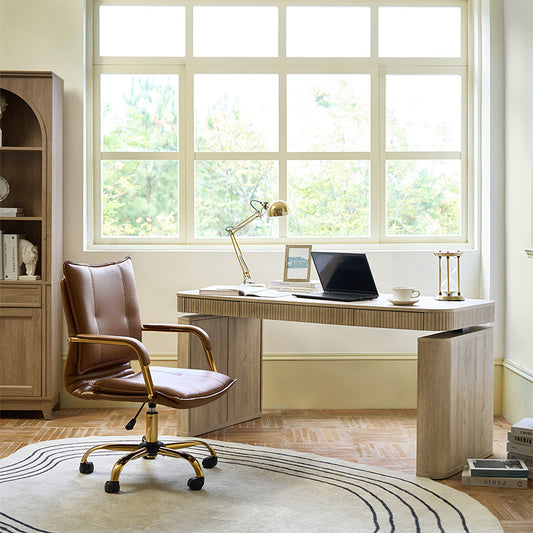

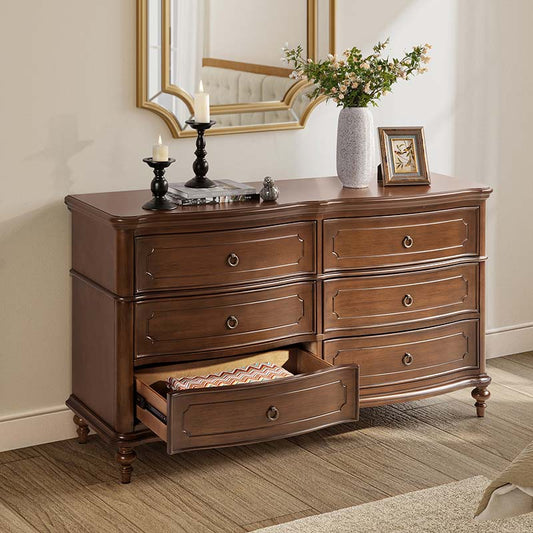
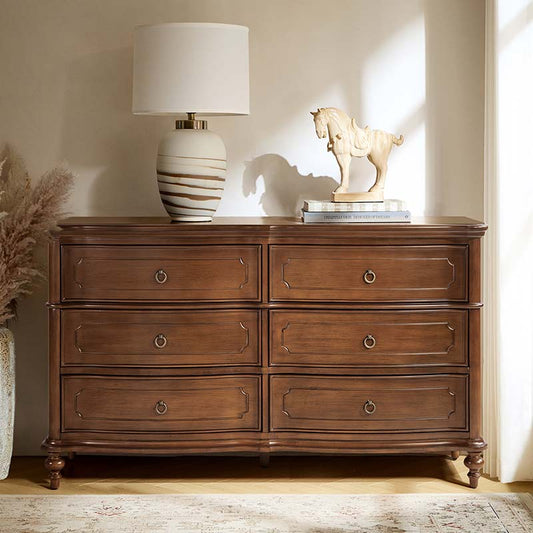
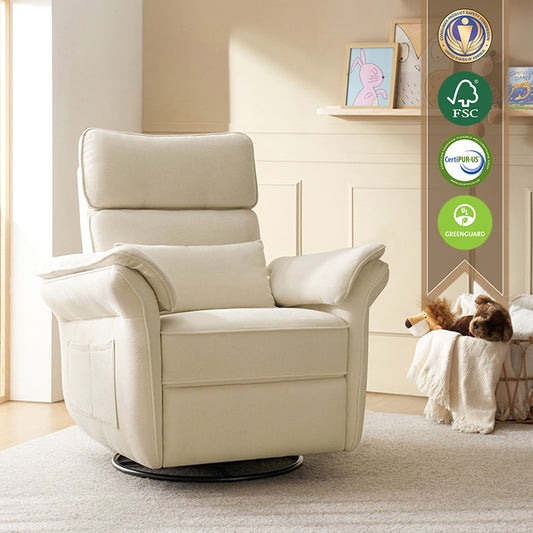
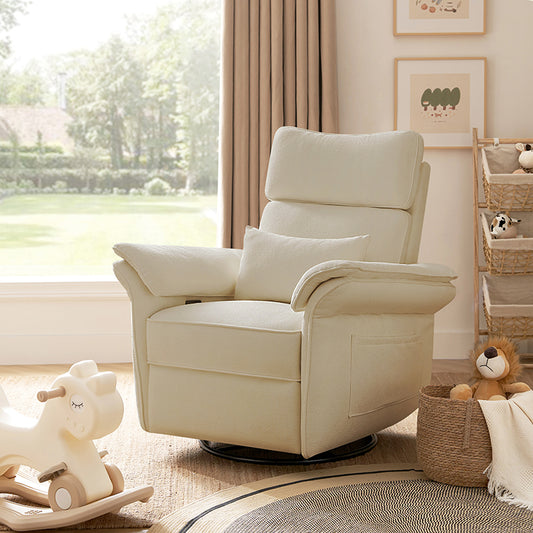
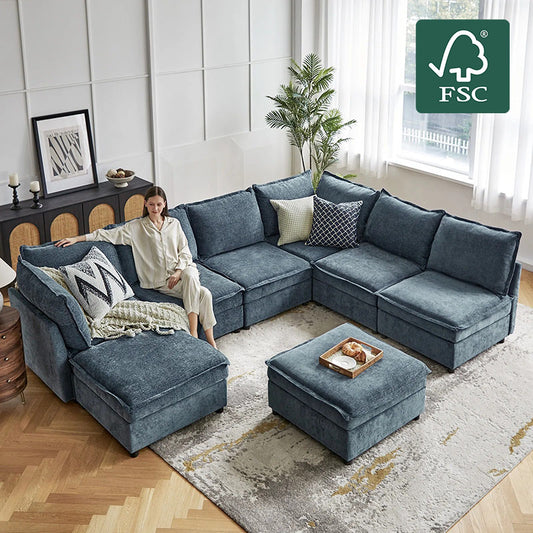
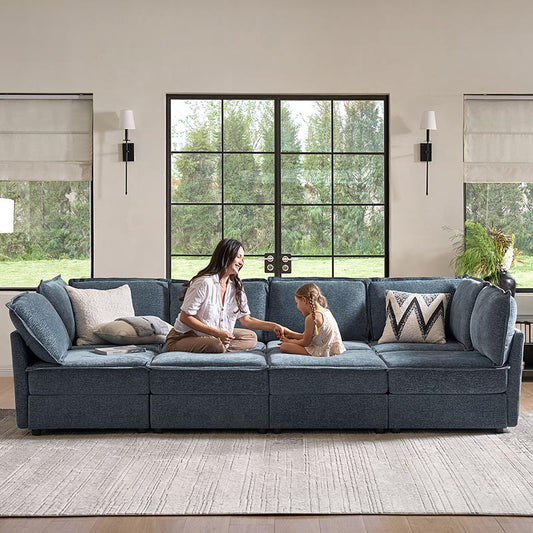
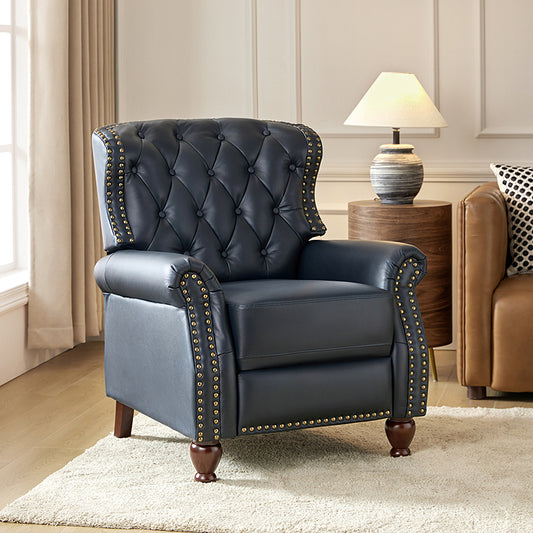
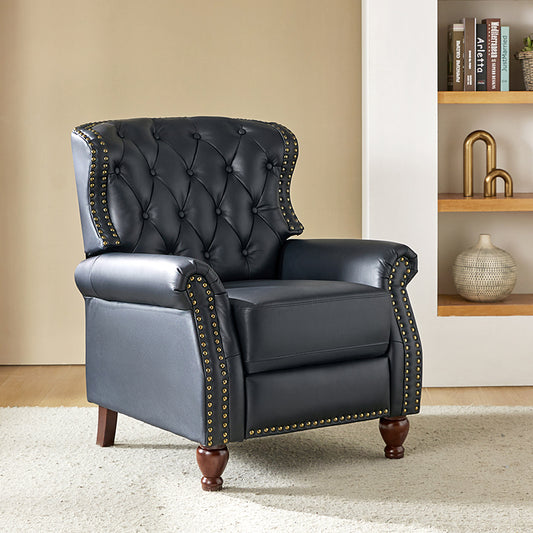
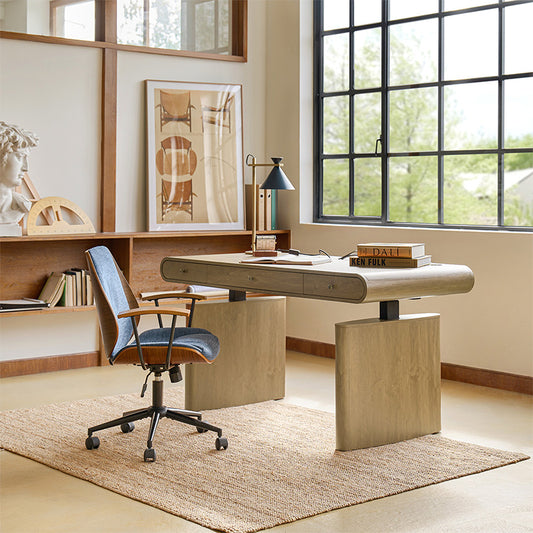
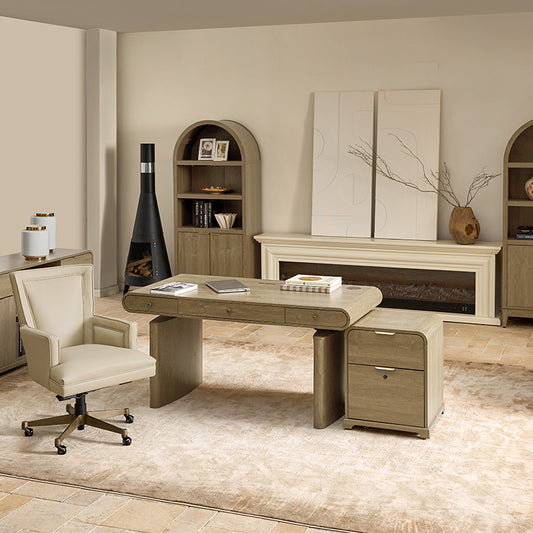


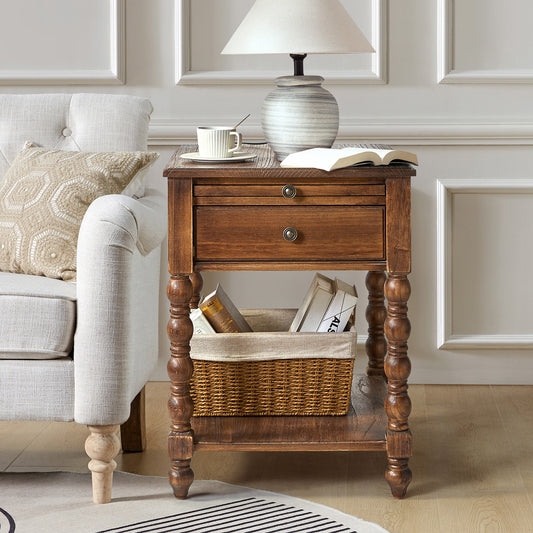
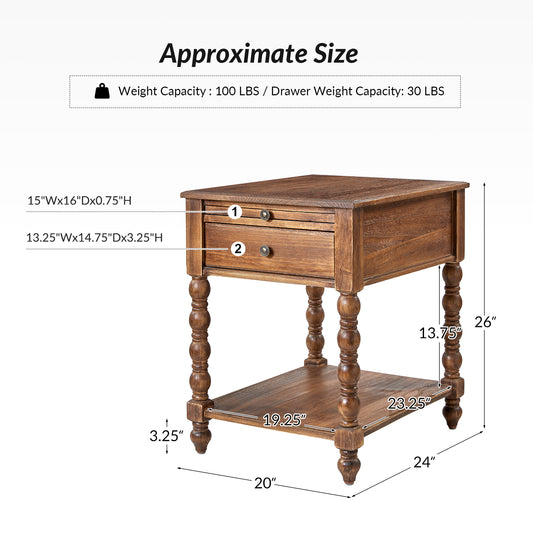









Hi, can you please let me know what chemical you use to make the fabric water/stain resistance? Do you use Pyfas at all?